The Datsun Go & Go+ get another set of updates, ensuring that they not only look better but also come with traction control and automatic transmissions. But is it too little too late for this Datsun duo?
Stringent safety norms have pushed Indian small cars into new territory. How else can you explain the presence of airbags and anti-lock brakes in entry-level cars such as the Maruti Suzuki Alto 800 and Renault Kwid?
Given the priorities of Indian customers and the price sensitivity of our market, safety features have always taken a back seat to convenience features. But things are changing. In fact, one carmaker has taken it a step further and is offering a safety feature that’s been, thus far, unheard of in the B1 segment. Yup, I’m talking about traction control in Datsun’s recently updated Go and Go+ hatchbacks.
Datsun’s Go models have also been missing an automatic gearbox all this time. And an automatic is a must these days, given how affordable two-pedal technology has become – which, in turn, has considerably increased the sales of automatic cars.
Datsun India realised this, and, as they say, it’s a case of ‘better late than never.’ So, ladies and gentlemen, here they are – the Datsun Go and Go+ CVT automatics.
Under the hood
The Go and Go+ automatics continue to be powered by Nissan’s 1.2-litre, three-cylinder petrol engine, which develops 76bhp at 6,000rpm and 104Nm at 4,400rpm. The only difference is that here the engine sends power to the wheels via a CVT automatic gearbox. This, in fact, is the same combination as the one in the Nissan Micra automatic.
In terms of driveability, though, for some reason, in D mode, acceleration seems to be more restrained than in the Micra. This could very well be in the interest of fuel efficiency, but, at the same time, the powertrain has higher NVH in the low to mid range.
So, while the acceleration is acceptable under linear throttle inputs, it doesn’t feel quite as smooth as the Micra automatic. In fact, I would even go so far as to say that it feels a bit coarse. Demand more power for a quick overtaking manoeuvre, and you’ll feel the powertrain struggle, as the transmission suffers from that dreaded rubber band effect of CVTs. If you keep your foot in it, the transmission does finally catch up though, and provide stronger acceleration.
Even in city traffic conditions, the Go CVT’s powertrain has its limitations, unless its absolute smooth sailing or you’re driving in bumper-to-bumper traffic – both of which are ideal conditions to enjoy a smooth and easy drive. In fact, as expected, at slow speeds, the transmission is smoother than the AMTs in most other small cars.
Sport mode!
Fortunately, the saving grace is that the CVT has Sport mode, which can be activated via a button on the driver’s side of the gear lever. Depress it, and the electronics ease off and allow the transmission to rev more freely, causing the NVH to go down – making the engine dramatically less coarse.
At this point, acceleration is quicker, and the car generally feels nicer to drive. Step on the pedal, and there’s still noticeable lag, but the whole process is now quicker – and you enjoy driving the car more because the part-throttle response is now much better.
The driving mannerisms of both the Go and Go+ models are very similar, and I’d go as far as to say that these cars are best suited for urban driving. The light steering and limited high-speed performance, combined with the soft suspension setup, cause the car to wallow over high-speed road undulations. And, of course, there’s a fair amount of body roll around high-speed bends.
Urban dweller
But, then, these cars were never built for highway cruising. These are compact, affordable hatchbacks, with the advantage of Japanese durability. The recent facelift has truly pushed their desirability quotient up several notches, with better interiors and modern equipment, such as a touchscreen infotainment system that comes with Apple CarPlay and Android Auto.
The screen is wonderfully clear and glare-free. I just wish that the stereo’s sound quality was better and that the USB port wasn’t tucked away under the gear lever housing – it’s quite tricky to access as a result, especially with the handbrake engaged.
And therein lies the problem with the Datsun Go and Go+. Both these cars are quite old now, and their ergonomic flaws are quite evident – from the high-set nonadjustable steering wheel and a very tight third row in the Go+ to the lack of an external tailgate opener, they’ve both begun to show their age.
Nevertheless, Datsun has done a good job with this facelift – both cars now appear more upmarket with their snazzy allow wheels, better interiors, more equipment, and automatic transmissions. If only Datsun had started out with these models, the Go nameplate could have had a far brighter future in India…
- Datsun Go CVT / Go+ CVT
Engine: 1,198cc / 3-Cylinders / 12 valves / DOHC
Fuel: Petrol
Transmission: CVT / Front Wheel Drive
Power: 76bhp @ 6,000rpm
Torque: 104Nm @ 4,400rpm
Price: Rs. 6.18 lakh - Rs. 6.80 lakh (ex-showroom Delhi)
X-factor: Only car in its segment to come with traction control!
| Pros • Infotainment system • Automatic convenience | Cons • Performance • Ergonomic flaws |
Also read - Continuously Variable Transmission explained



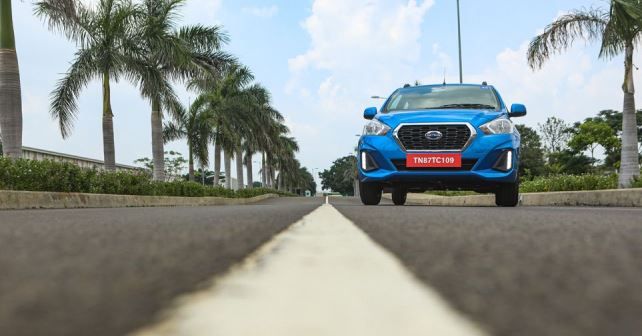



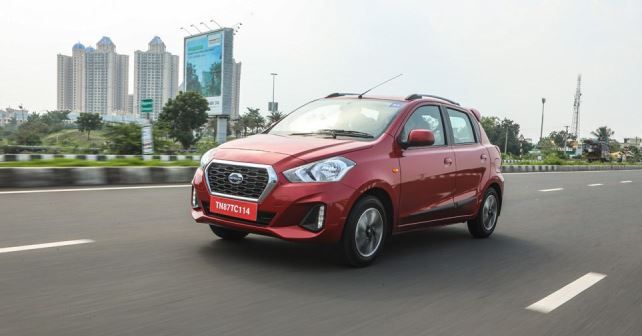
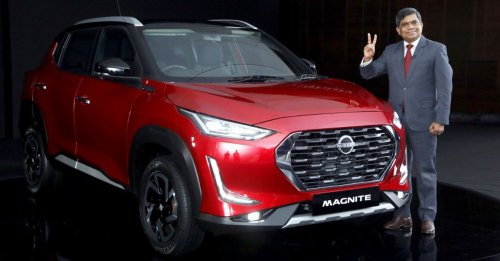

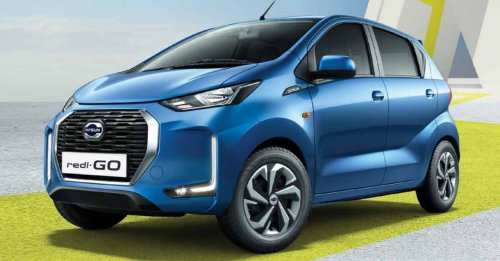
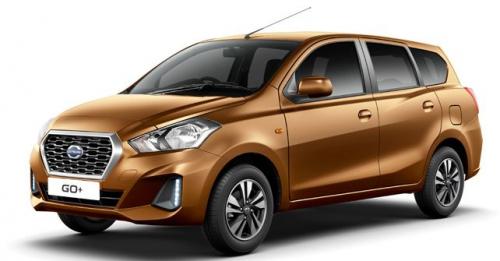

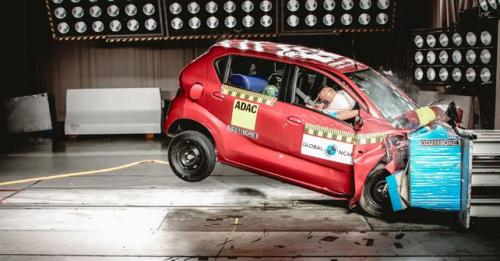














Write your Comment